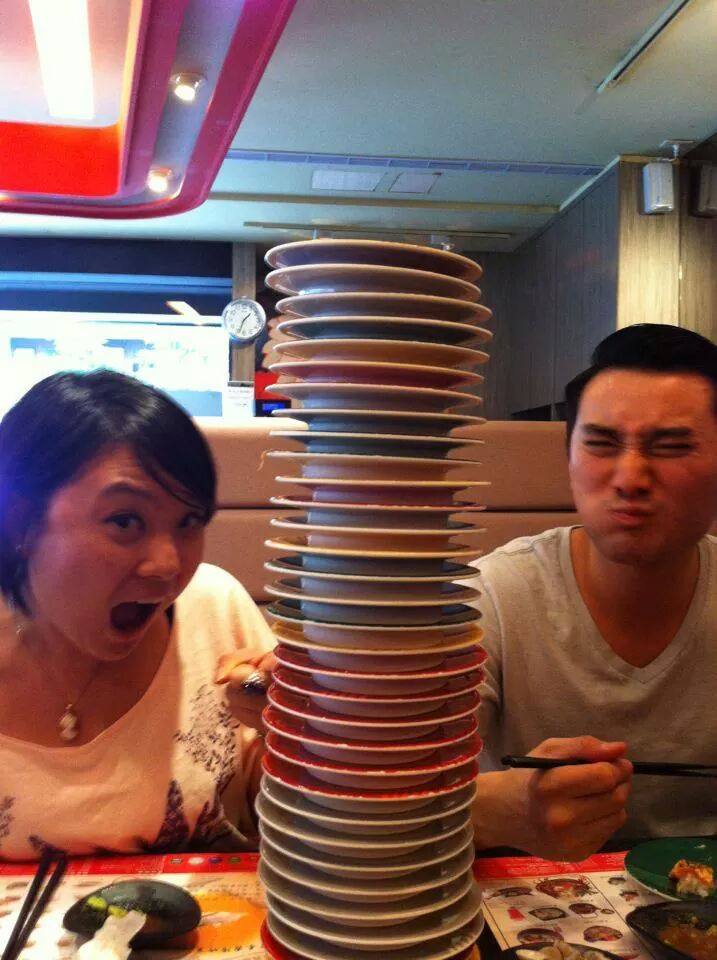
Within the first couple sentences of the novel, we met Marianna, who had taken off her sweater when she opened the door for Connell, her classmate and the son of her family’s cleaner. I took a double-take of the back cover of the book to make sure that Sally Rooney is indeed Irish. Then, a third-take when the words ‘soccer team’ appeared–I found it so strange that Rooney had chosen American vernacular to describe the jumper and the football team. Oh, and the fact that she used no quotation marks for dialogues also confounded me.
Marianna and Connell’s story began in Sligo, a coastal city in western Ireland. Despite their differences in social class and within the hierarchy of their school, Marianna and Connell started a romance. However, unwilling to break some imagined social rank at school, Connell asked another girl to their school’s Debs (the American equivalent of the prom). Marianna, though upset with Connell, couldn’t forget him. They reignited their complicated friendship at Trinity College in Dublin, where they attended university.
Despite my initial confusion, Rooney drew me into the world of Marianna and Connell. Even the lack of quotation marks stopped bothering me–by embedding the dialogues into the narratives of the story, I was able to get closer to Marianna, Connell, and their friends.
Even though the book is poignant and well-written, there are frustrating moments, too. At one point, as Connell attempted to advance their romance, Marianna put up a barrier, pretending that she didn’t care. (“Imagine how bitter I am going to be when you meet someone else and fall in love,” she said.) When Marianna realized what she had done, Connell had already started dating someone else. The emotional games between Marianna and Connell were threaded throughout the novel, which made reading Normal People both an aggravating and engaging experience. Their relationship is relatable because many people in my generation have had angsty and turbulent affairs teeming with insecurities and neurosis. Some of us become more self-aware as we grow older and allow ourselves to be vulnerable with our lovers; some of us do not.
While I was reading Normal People, I was also watching Sex Education on Netflix. The show is another school-based drama that involves a contentious friendship between Maeve and Otis, who started a business offering sex-advice to their classmates. Like Marianna and Connell, Otis and Maeve also had difficulties admitting their feelings for each other and overcoming their innate tendencies to pull back when their feelings were threatened. I can’t help but wonder: Is this what defines modern-day romance?
Through Marianna and Connell’s on-again, off-again relationship in Normal People, we see ourselves and our romantic hopes and despair. Like Jane Austen had depicted the romantic expectations of Victorian England through novels such as Pride and Prejudice and Emma, with Normal People, Rooney illustrated the angst of finding and keeping love in the globalized and technology-saturated 21st century. Like Austen before her, Ronney’s work will continue to resonate with readers in the 21st century and beyond.









